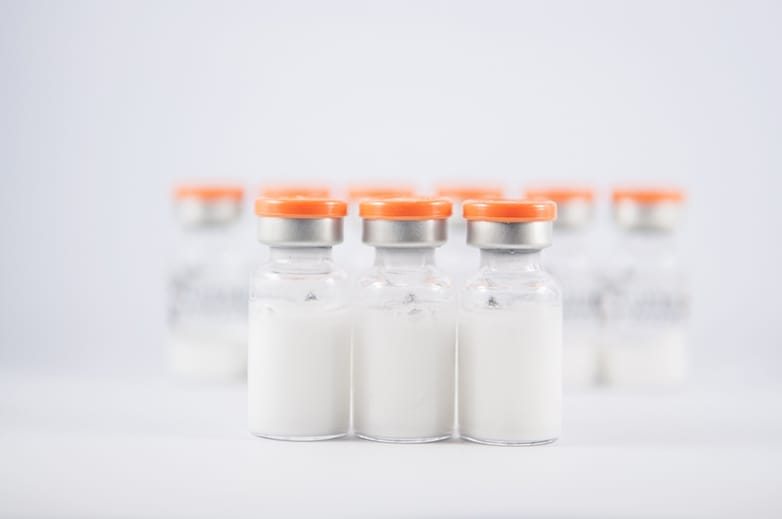Reconstitution Devices: Mixing, Power, Packaging & Regulation
In this article, Charlotte Harvey, Consultant Mechanical Engineer, discusses the challenge of reconstituting lyophilised drugs, both from the perspective of the drug itself and the delivery device associated with it.

Reconstitution devices are an ever-growing device category, due to the rise of biologics and the use of lyophilisation (freeze drying) to achieve their long term stability. With the number of lyophilised drugs on the rise, users (increasingly patients or carers in a non-clinical setting) are frequently faced with the burden of manual reconstitution. This raises usability issues around, not only convenience but also safety.
Thankfully, devices such as prefilled dual-chamber syringes are emerging to deal with this issue. However, these, and devices like them, have yet to become commonplace. An all-in-one reconstitution and injection device which removes responsibility from the user is the ideal. Here we will discuss the challenges of designing such a device.
This article will first address the challenges of reconstituting a previously lyophilised drug regardless of the delivery device in which it is to be used, before turning to the device itself – its design, primary packaging, power density and associated regulatory issues.
This article first appeared in the February edition of On Drug Delivery.

